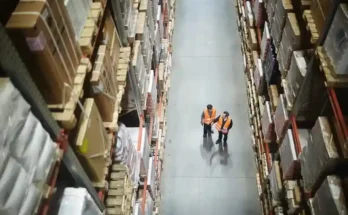A buying hedge is a transaction made by a manufacturing or supply company to protect itself from price increases in the real products underpinning a future contract. This strategy is referred known as a purchasing hedge, long hedge, purchaser’s hedge, and input hedge, as well as hedging and screening.
Executives of a manufacturing firm like Hedging And Screening might use a buying hedge to lock in the cost of a commodity or item they’ll require in the future. From the time the buying hedge is launched until the commodity is truly needed for production, the buying hedge permits the hedging plant supplier management to protect the supplier from value volatility in the underlying asset.
A buying hedge is a danger management strategy that enables companies to handle price fluctuations in manufacturing supplies.
An Overview of Purchasing Hedges
When a supplier acquires a forward contract to protect against rising expenses of the underlying asset or commodity, this is known as a purchasing hedge. A futures contract is a legally binding agreement to acquire or sell a specific asset or commodity at a specific price at a specific time in the future.
The purpose of a hedge is to protect; thus, a hedging strategy is created to reduce risk. In certain cases, the hedger owns the commodity or asset; in others, the hedger does not. To avoid dealing with cash in the future, the hedger purchases or sells a futures contract. Investors can employ a purchasing hedge if they anticipate future demand for a commodity or if they plan to come to market for that commodity at some point in the future.
The Benefits of a Purchasing Hedge
Many companies will use purchasing hedging to reduce the risk of future price variations for a commodity they need for production. The firm will aim to lock in the price of a product, such as wheat, pigs, or oil.
A purchasing hedge can be used by investors who plan to buy a specific amount of a commodity in the upcoming but are cautious about price fluctuations. They’ll buy a futures contract to guarantee that they’ll be able to buy the commodity at a set value in the future. The future agreement can be sold and the item purchased at the spot price if the spot cost of the underlying asset changes in the holder’s favor.
A purchase hedge can also be used to safeguard against an investor’s existing short position. The idea is to create a profit in the futures market to offset the loss in the cash market. The disadvantage of purchasing hedging is that if the commodity price decreases, the investor may be better off not purchasing the hedge.
Conclusion:- On the other hand, anticipates a spike in wheat prices this summer due to expected hot, dry weather, which will restrict wheat yield. The purchases stock holdings in September wheat futures, which he may lock at a cost of $6.15 per bushel to begin a purchasing hedge against a possible price increase. If wheat prices rise in September as projected, will be able to balance the rise with profits from the purchasing hedge




